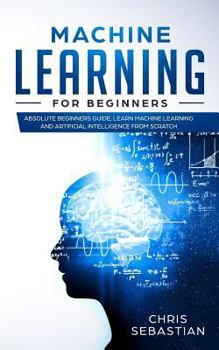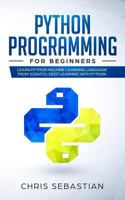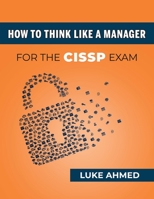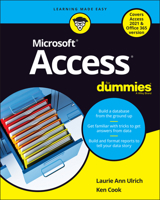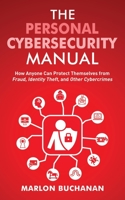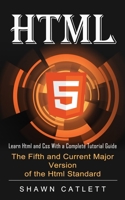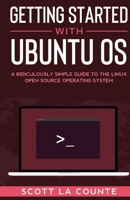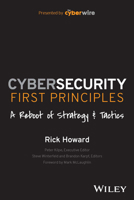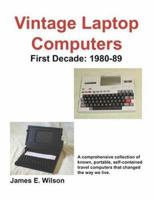Machine Learning for Beginners: Absolute Beginners Guide, Learn Machine Learning and Artificial Intelligence from Scratch
"Trace the development of Machine Learning from the early days of a computer learning how to play checkers, to machines able to beat world masters in chess and go. Understand how large data is so important to Machine Learning, and how the collection of massive amounts of data provides Machine Learning programmers with the information they need to developing learning algorithms.Simple examples will help you understand the complex math and probability statistics underlining Machine Learning. You will also see real-world examples of Machine Learning in action and uncover how these algorithms are making your life better every day.Learn about how artificial intelligence, Machine Learning, Neural Networks, and Swarm Intelligence interact and complement each other as part of the quest to generate machines capable of thinking and reacting to the world. Read about the technical issues with Machine Learning and how they are being overcome. Discover the dark side of ML and what possible outcomes there could be should things go wrong. And finally, learn about the positive future artificial intelligence and Machine Learning promise to bring to the world."--
Format:Paperback
Language:English
ISBN:1793016429
ISBN13:9781793016423
Release Date:January 2019
Publisher:Independently Published
Length:164 Pages
Weight:0.45 lbs.
Dimensions:0.4" x 5.0" x 8.0"
More by Chris Sebastian
You Might Also Enjoy
Customer Reviews
4 customer ratings | 4 reviews
There are currently no reviews. Be the first to review this work.











